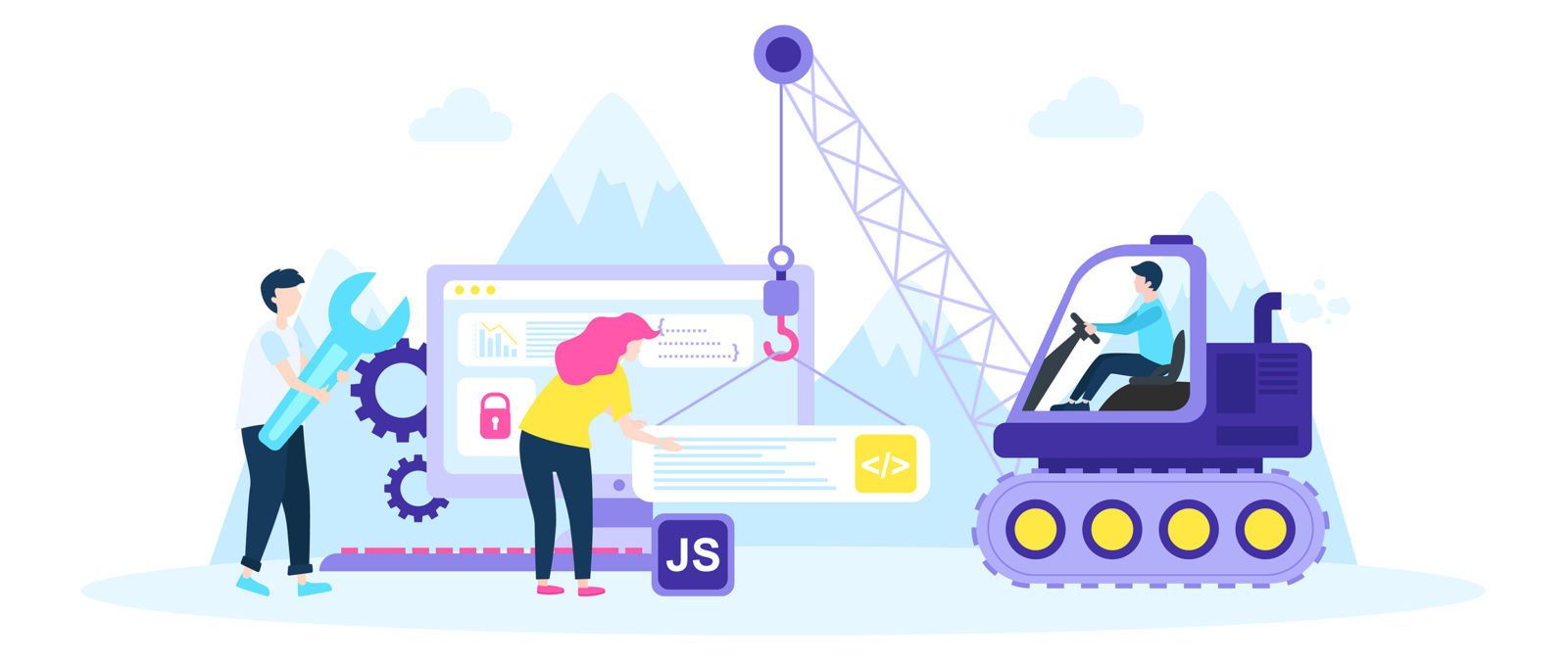Fascinated In Learning How Website Layout Has Changed Throughout The Years? Check Out The Journey
Fascinated In Learning How Website Layout Has Changed Throughout The Years? Check Out The Journey
Blog Article
Write-Up By-Bradshaw Lunde
In the past, websites were easy and focused on details. Navigating was direct, and style was for desktops. Currently, user experience is crucial. Data overviews styles for very easy navigating. Responsive formats fit different gadgets. Today, dark setting lowers pressure, and minimal food selections enhance navigation. Interactive features involve individuals, and strong visuals stick out. AI assimilation enhances engagement. See just how layout has actually advanced to improve your on-line trip.
Early Days of Web Design
In the very early days of web design, simplicity preponderated. Sites were basic, with minimal shades, font styles, and formats. The emphasis got on offering information instead of fancy visuals. Individuals accessed the internet through slow-moving dial-up connections, so rate and functionality were key.
Navigating website design and development services were straightforward, generally located at the top or side of the page. Websites were developed for desktop computers, as mobile browsing had not been yet common. Web content was king, and developers focused on very easy readability over intricate style elements.
HTML was the primary coding language utilized, and developers needed to function within its restrictions. Computer animations and interactive attributes were minimal compared to today's criteria. Sites were static, with little vibrant material or tailored user experiences.
Rise of User-Focused Style
With the advancement of web site layout, a change towards user-focused design concepts has actually become significantly prominent. Today, developing web sites that prioritize user experience is crucial for involving site visitors and attaining company goals. User-focused design includes recognizing the requirements, choices, and habits of your target market to customize the site's design, content, and features as necessary.
Developers currently conduct complete research study, such as user surveys and functionality testing, to gather insights and comments directly from users. This data-driven strategy helps in creating user-friendly navigation, clear calls-to-action, and aesthetically attractive interfaces that resonate with visitors. By positioning the user at the facility of the layout process, sites can supply a much more tailored and satisfying experience.
Receptive style has actually additionally emerged as a key aspect of user-focused layout, guaranteeing that internet sites are optimized for various devices and display dimensions. This adaptability boosts access and use, satisfying the diverse methods users interact with internet sites today. Basically, the surge of user-focused design indicates a change towards developing digital experiences that focus on the demands and expectations of the end user.
Modern Trends in Web Design
Discover the most recent trends shaping website design today. One famous trend is dark mode design, providing a smooth and modern appearance while reducing eye stress in low-light settings. An additional vital trend is minimalist navigating, streamlining menus and boosting individual experience by focusing on essential elements. Integrating top web design -interactions, such as computer animated buttons or scrolling impacts, can create a much more engaging and interactive web site. Receptive style remains important, making certain smooth user experiences throughout different tools. Furthermore, making use of strong typography and asymmetrical formats can add visual interest and accentuate specific content.
Integrating AI modern technology, like chatbots for consumer assistance or individualized referrals, enhances customer involvement and simplifies procedures. Ease of read here has also end up being a substantial trend, with developers focusing on comprehensive layout techniques to cater to varied individual demands. Embracing sustainability by enhancing internet site efficiency for speed and performance is another arising pattern in website design. Teaming up with user responses and information analytics to repeat and improve design continuously is important for remaining relevant in the ever-evolving digital landscape. By embracing these modern-day patterns, you can produce an aesthetically attractive, easy to use site that resonates with your target market.
Conclusion
As you review the advancement of site layout from the early days to now, you can see exactly how user-focused layout has actually become the driving pressure behind contemporary fads.
Welcome the journey of modification and adjustment in web design, always maintaining the customer experience at the forefront.
Remain existing with the most up to date patterns and innovations, and never stop progressing your strategy to create aesthetically magnificent and user-friendly internet sites.
Develop, adjust, and produce - the future of website design remains in your hands.
